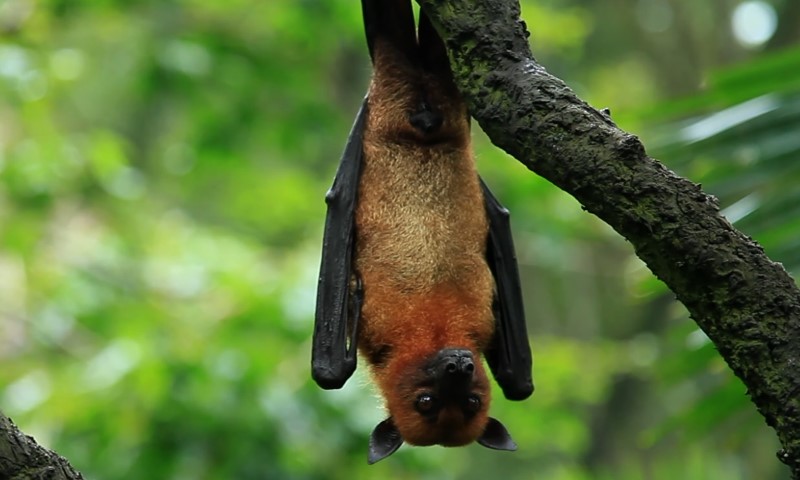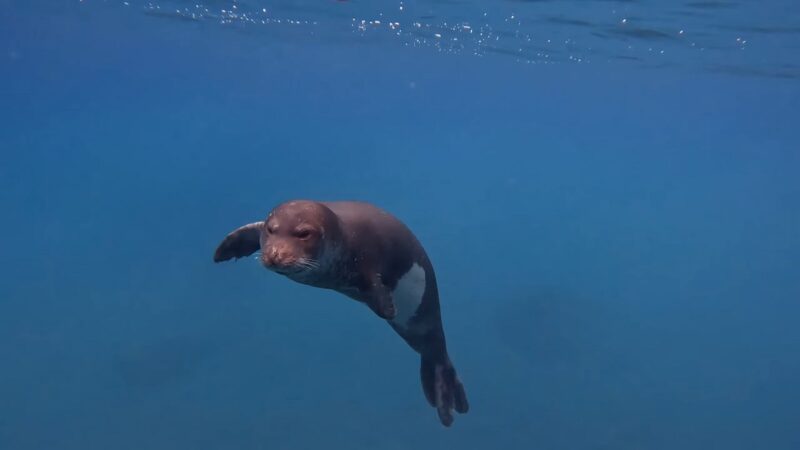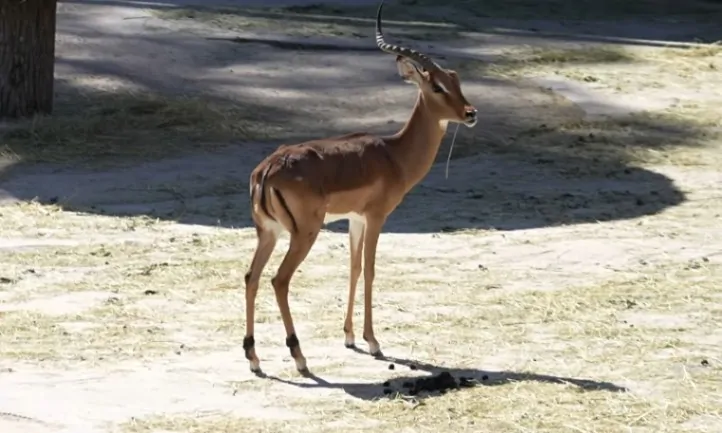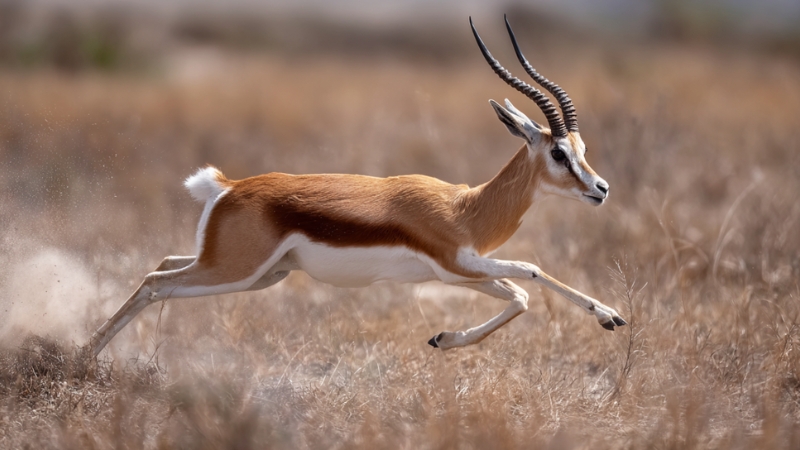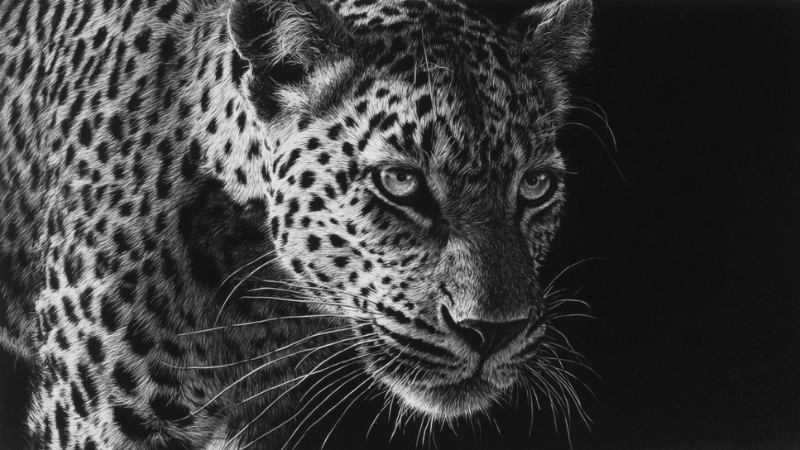Africa’s deserts are not just places of heat and emptiness – they are frontiers of endurance, landscapes of raw beauty, and arenas of personal challenge. The wildest expeditions across them, captured by YouTubers, are turning some of the world’s most remote locations into globally shared adventures.
From the shifting sands of the Sahara to the volcanic hellscapes of the Danakil Depression, content creators are now at the forefront of exploring Africa’s most unforgiving terrains.
These YouTubers bring survival, culture, history, and adrenaline together with drones, GoPros, and local guides – transforming deserts into immersive storytelling environments.
The best-documented expeditions are not just visually stunning; they represent rare intersections of geography, human resilience, and digital narrative.
1. Sahara Desert: Mauritania to Morocco Overland (Eva zu Beck)
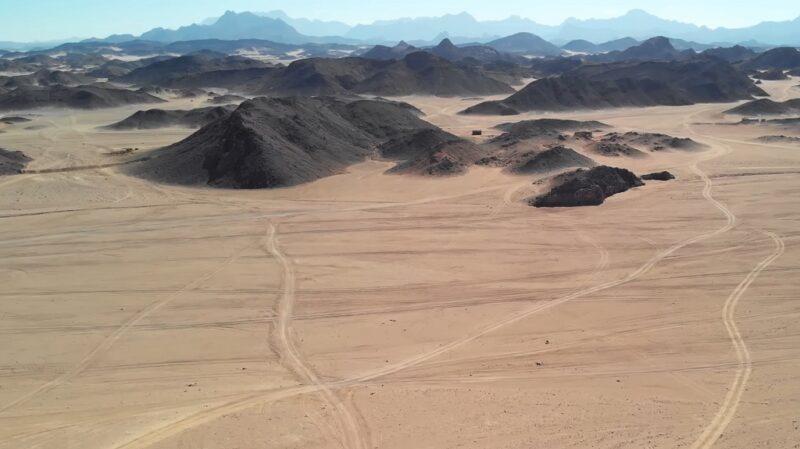
The Sahara, stretching across eleven countries, is a rite of passage for overland adventurers. One of the most intense and personal crossings was captured by Eva zu Beck, a solo traveler who documented her journey from Mauritania into Morocco.
Armed only with a modified 4×4 and minimalist survival gear, she ventured into vast dune fields, ancient caravan towns, and off-grid nomadic territories.
Her route took her through the Adrar Plateau and the UNESCO-listed town of Chinguetti, before continuing into the windswept expanse of Erg Chebbi, where the dunes stretch for kilometers without roads, signage, or landmarks.
What made this expedition stand out was its independence – there were no fixers, no crew, and no backup plan. In the harsh environment of the Sahara, self-reliance and instinct dictated every step of the journey.
Key Moments:
- Camping during a sandstorm with no GPS or cellular signal
- Navigating unmarked dune corridors using topographic maps
- Sleeping inside abandoned caravan forts in desert ghost towns
- Encountering nomads who offered food, water, and camel milk
2. Skeleton Coast and Namib Desert: Namibia’s Dune Belt (Expedition Overland)
The Skeleton Coast is often described as one of the most haunting landscapes on Earth. It stretches along Namibia’s Atlantic coast, where rolling fog meets towering dunes and rusting shipwrecks. In this hostile environment, Expedition Overland Africa filmed a north-to-south desert challenge that tested both vehicles and crew.
Their route covered Damaraland, Kaokoland, and the oldest desert on Earth – the Namib, which has been dry for over 55 million years. With temperatures swinging from freezing at night to blistering by day, and the constant threat of getting bogged in the soft sand, the journey required mechanical precision and cultural awareness.
The team also visited Himba tribal lands, engaging with one of Namibia’s most iconic Indigenous communities to document the deep connection between people and the desert.
While shooting in such remote areas, uploading footage or maintaining any internet access is nearly impossible without satellite equipment.
Many content creators rely on tools like VeePN for global streaming when editing or syncing files during stopovers in better-connected regions, especially when they need access to international services or geo-restricted editing platforms.
Key Moments:
- Drone footage over shipwrecks trapped in dry surf lines
- Rescuing a Land Cruiser buried halfway in soft dune sand
- Campfire interviews with Himba elders on desert survival
- Driving parallel to the ocean with no roads or tracks
3. Danakil Depression, Ethiopia – The Planet’s Harshest Desert (Fearless & Far)
The Danakil Depression is often called “Hell on Earth” – and for good reason. Situated below sea level in northeastern Ethiopia, this desert is a volatile mix of lava fields, sulfur springs, and toxic gas vents. With temperatures regularly above 50°C, very few expeditions enter this zone without military escort or tribal guidance.
YouTuber Mike Corey (Fearless & Far) joined a caravan supported by Afar tribesmen, filming the trek to Erta Ale, an active volcano with a continuously bubbling lava lake.
Beyond just showing rare visuals, Mike’s video explores the human limits of endurance and the fragile cooperation between tourists and locals in an area where climate, economics, and politics collide.
His documentation of the daily lives of salt miners, who carry blocks on camelback across surreal salt flats, brought new exposure to one of the harshest workplaces on Earth.
Key Moments:
- Trekking up Erta Ale to sleep near a live lava lake
- Filming acid pools that hiss and bubble like alien terrain
- Interviewing salt miners during 10-hour work shifts in 48°C heat
- Cooking meals in volcanic rock outcrops with Afar camel drivers
4. Kalahari Desert, Botswana: Desert Wildlife and Bushcraft (The Budgeteers)
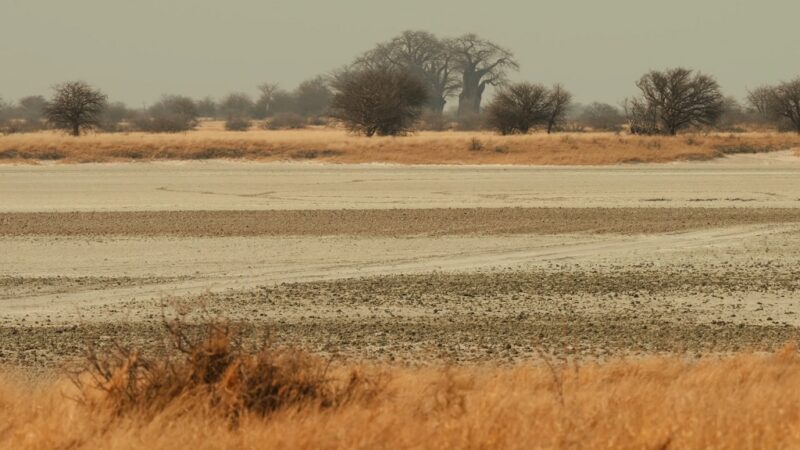
The Kalahari, unlike the barren sand seas of the Sahara, is a semi-arid savanna that hosts diverse flora and fauna along with some of Africa’s oldest Indigenous cultures. In Botswana, the tourists immersed themselves in a full bushcraft experience by traveling with San Bushmen, learning how to track animals, find food, and survive without modern technology.
This desert, home to meerkats, lions, and oryx, isn’t lifeless – it’s alive with ancient knowledge and natural rhythm.
The YouTubers set up camps with minimal gear, participated in traditional hunts, and drank water stored in desert plants. The journey showcased the survival skills passed down over thousands of years and gave rare access to rituals and stories that define the identity of the San people.
What made this expedition powerful was its focus on cooperation, humility, and learning, not just spectacle.
Key Moments:
- Starting a fire using only wood friction and no tools
- Following fresh animal prints to find nearby herds
- Digging for moisture-rich tubers with the San elders
- Filming meerkats emerging from burrows at dawn
5. Tenere Desert, Niger: The “Desert of Deserts” (Kara and Nate)
The Tenere Desert, a subregion of the greater Sahara located in Niger, is widely considered the most desolate and featureless expanse in all of Africa. Often described as the “desert within the desert,” it is home to ancient trade routes once used by camel caravans and guarded by the nomadic Tuareg people.
Kara and Nate, known for their global travel channel, ventured here with a licensed guide, documenting the challenges of deep desert navigation where landmarks are few and the horizon remains unchanged for hours.
Their expedition covered both the Aïr Mountains and Tenere’s dune belt, focusing on the cultural and historical significance of the region. Along the way, they documented prehistoric petroglyphs and the fading oral traditions that once dictated safe travel across this shifting wilderness.
Key Moments:
- Learning traditional Tuareg star navigation techniques
- Finding fossilized animal remains buried in sand
- Visiting ancient caravan watering stations
- Documenting cave engravings depicting extinct desert fauna
6. Libyan Desert, Egypt – WWII Ghosts (AdventureArchives)
The Libyan Desert, part of the Sahara in western Egypt, is a remote and little-visited terrain of massive dunes and fossil-laden limestone plateaus. It also holds a darker history: it was the backdrop for several WWII aircraft crashes, now buried under decades of sand.
The team from AdventureArchives set out to locate one such wreck – the Lady Be Good, a B-24 bomber that went down in 1943.
Their trip required careful planning, redundant navigation, and the ability to endure hours of vehicle travel with no roads and limited visibility. The result was an expedition that bridged past and present, where history is still literally uncovered by wind and time.
Key Moments:
- Tracking down the remaining debris of the lost B-24 bomber
- Sand camping in complete isolation for multiple nights
- Cross-referencing war records with Bedouin oral history
- Climbing black basalt ridges overlooking white dune seas
7. Tassili n’Ajjer, Algeria: Prehistoric Desert (Le Monde en Stop)
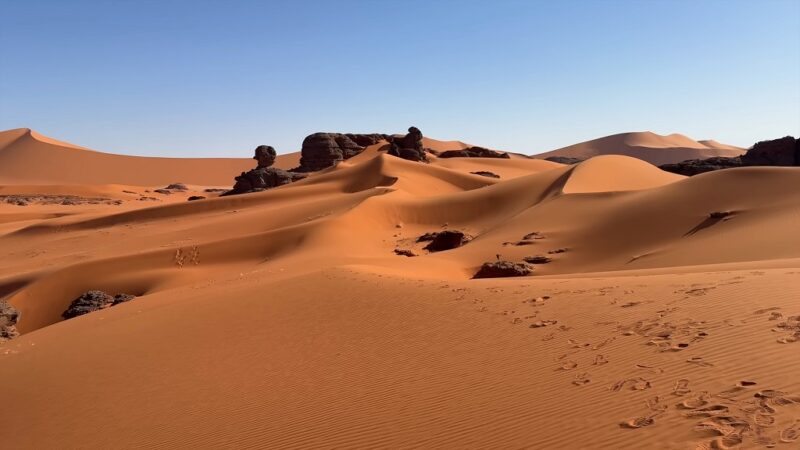
Tassili n’Ajjer, located in southeastern Algeria, is not a typical desert. It is a massive sandstone plateau rising over 2,000 meters, known for housing thousands of Neolithic cave paintings.
YouTubers Le Monde en Stop filmed an expedition that combined trekking, history, and cultural anthropology. With no roads penetrating the plateau, they relied on donkeys to carry their gear and local guides to lead the route.
The plateau’s towering arches, narrow slot canyons, and hidden caves made it feel more like a lost world than part of the Sahara. Each stop brought new revelations – whether it was 9,000-year-old hunting scenes painted in ochre, or wind-carved rock pillars untouched by modern development.
Their journey highlighted the intersection between ancient civilization and extreme isolation, offering something no drone or car chase ever could – quiet, deliberate discovery.
Key Moments:
- Climbing to elevated rock shelters housing millennia-old art
- Filming untouched cave systems where humans once lived
- Listening to local oral histories about the Green Sahara
- Using donkeys to haul food, water, and camera gear across the plateau
Bottom Line
What sets these YouTube expeditions apart is not just the scenery – they capture how people survive, connect, and document reality in the world’s most extreme environments.
From lava lakes in Danakil to ancient art in Algeria, each journey reveals rare terrain, fading cultures, and physical limits most travelers never reach.
These creators do more than entertain – they preserve oral histories, spotlight climate impact, and show how digital tools like drones, VPNs, and satellite systems turn remote deserts into shared global narratives.
For anyone interested in survival, geography, or culture, African deserts remain the final proving ground – and YouTubers are making sure we don’t miss it.
Related Posts:
- Ten Bizarre Insects That Rule the African Desert
- Baobab - The Iconic African Tree That Grows Upside Down
- Top 10 Nocturnal Animals of the African Deserts
- Life in the Namib Desert - Africa's Oldest Desert…
- 6 Unique Plants Found in the Sahara Desert - Rare…
- How Are Camel Eyelashes Unique Among Desert Animals?



